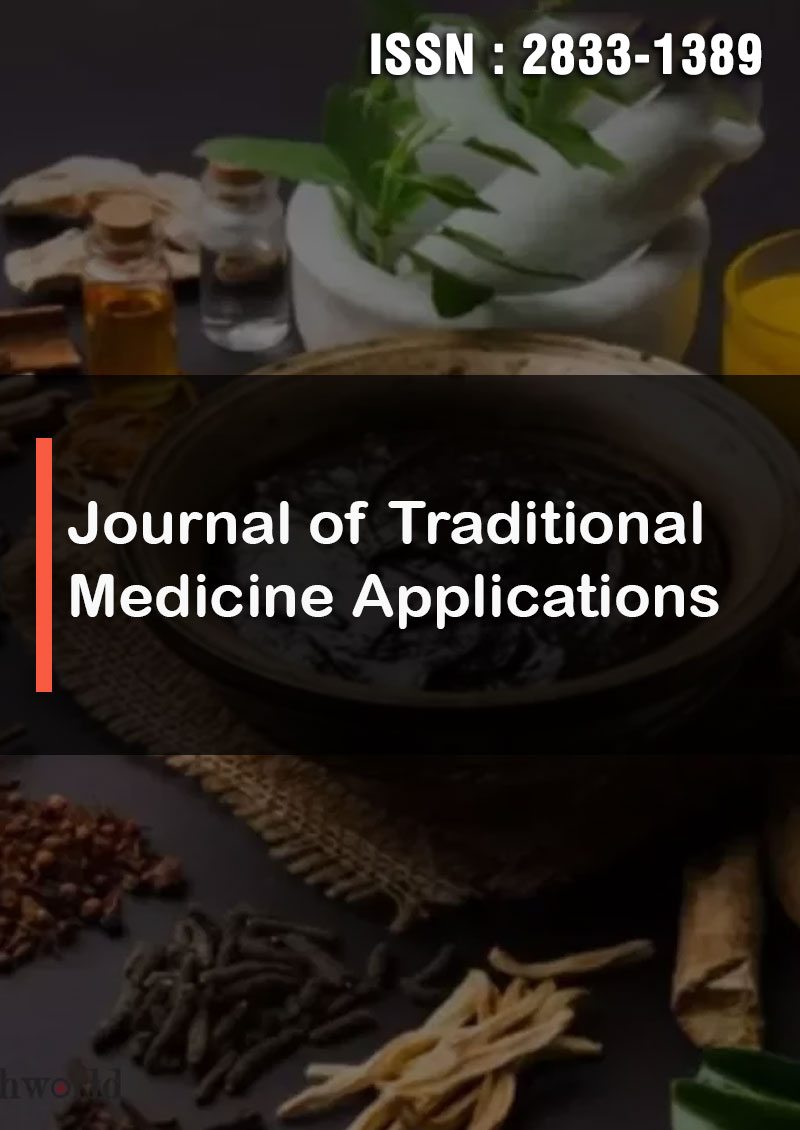The Structural Model of Six Sigma Effectiveness on Improving the Quality of Information Therapy Services and Reducing Treatment Costs
Abstract
Sedigheh Mohammadesmaeil
Introduction: The aim of this paper is to investigate the effect of Six Sigma process management on improving the quality of health information services and reducing treatment costs.
Research Methodology: The methodology of the present study, which is among the applied studies in terms of purpose, has been a descriptive survey of the type of correlation. The statistical population of this study consists of all managers, supervisors and experts of governmental hospitals, which is 125 people, and the method of selecting statistical samples is also a simple random sampling according to the subject and nature of the research. The Cochran’s formula has been used to determine the sample size, which is 94 volunteered people according to the statistical population. The required data were collected using standard questionnaire tools and data analysis using regression analysis through SPSS 23 software.
Findings: Six Sigma process management has an effect on cost reduction through the mediating variable of the quality of health information services. Therefore, the mediating role of the quality of information therapy services is confirmed. Results: Six Sigma provides a systematic approach to improving business processes based on customer needs and real-time analysis of ongoing processes in each institution. This is the difference between Six Sigma and other methods and the main reason for using it in health care institutions. Regardless of these differences, the implementation of any approach requires the establishment and acceptance of a culture of quality in that organization.
Conclusion: The Six Sigma process in Iran health system should be the priority of all health sector employees. Because, Six Sigma replaces the dynamic, responsive and preventive management process by reacting to problems and is a comprehensive method of effective improvement of the organization, and it has powerful quality management programs and tools. Therefore, it seems that the use of this method in the health system and in the country’s healthcare management is a necessity, not a choice.




